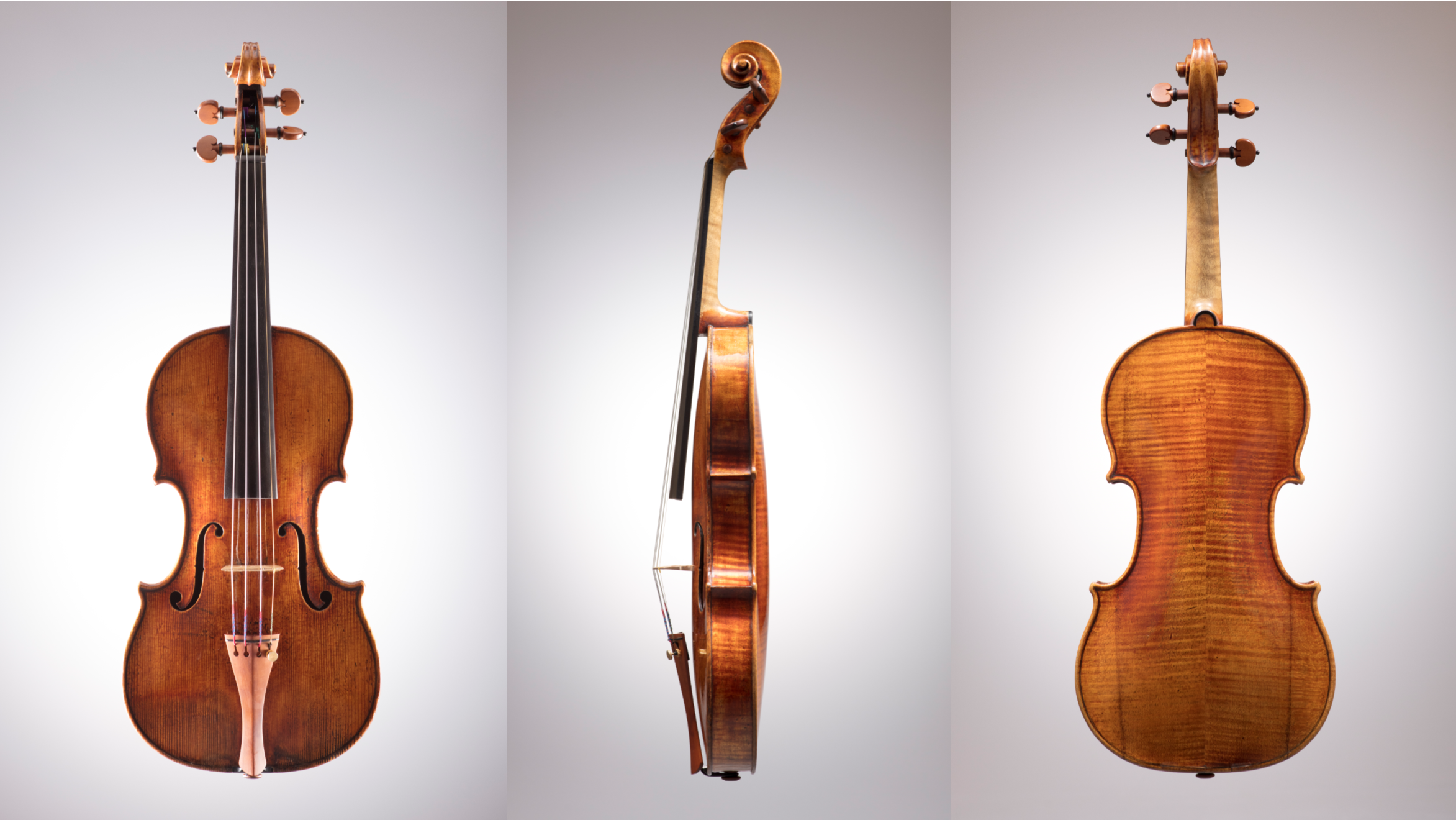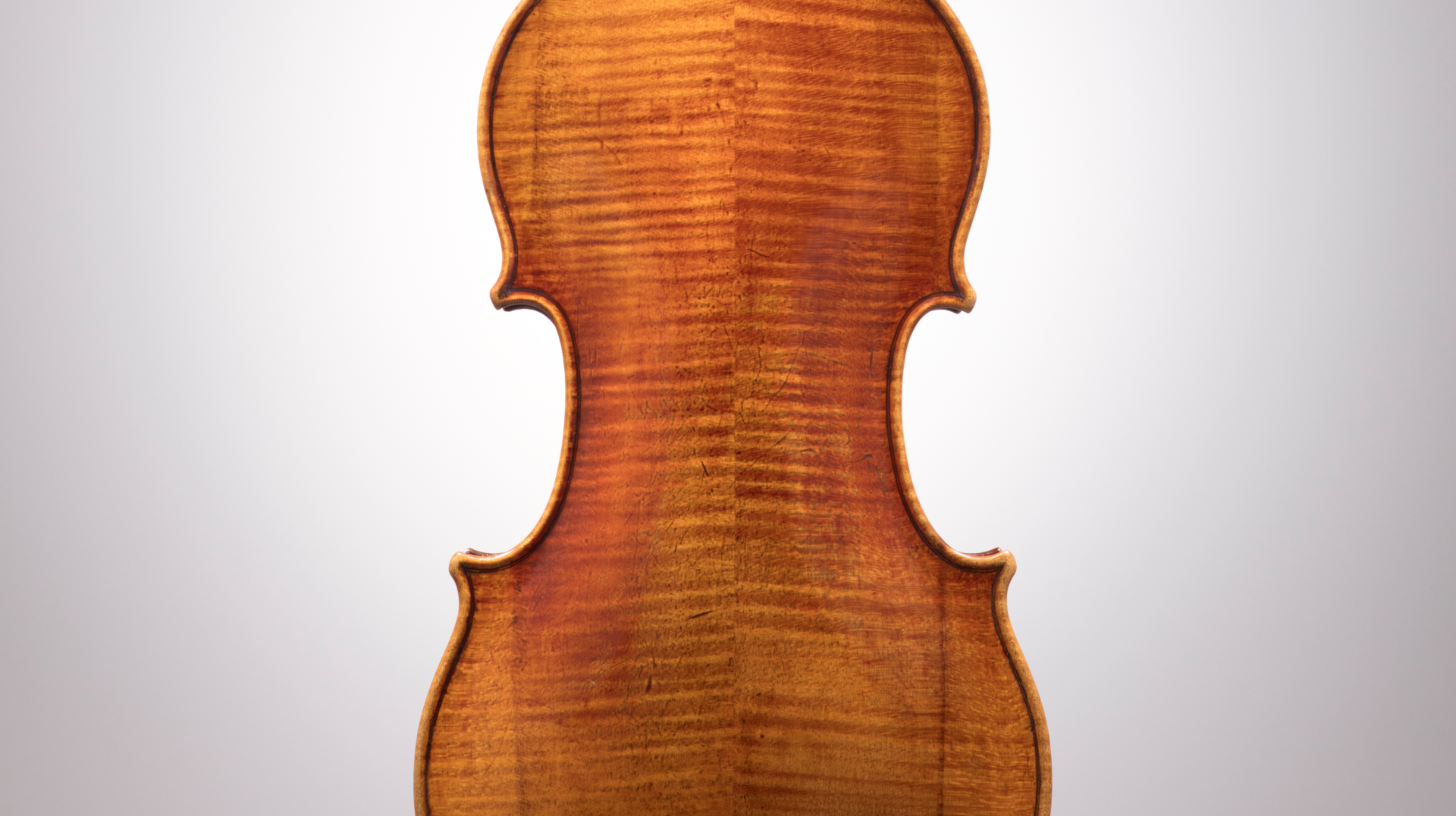It is said that the great English collector Mr. James Goding named the violin “Jupiter”. It is also known as “Imperator” and “Ex-Goding”. In 1857, this violin was purchased by the French collector Vicomte de Janzé from Mr. Goding through Parisian dealer Jean-Baptiste Vuillaume. In 1886, it passed into the hands of the Duke of Camposelice through the dealer George Withers. After the death of the Duke of Camposelice in 1887, the violin was sold to Mr. Thurlow Weed Barnes of New York by the Duchess of Camposelice. Working through the intermediary of H. C. Silvestre of Paris, W. E. Hill & Sons purchased the violin in 1898, and in the same year, sold it to the British collector Mr. Robert E. Brandt. In 1905, Mrs. Phipps, an amateur cellist from New York, purchased the violin from the Hills as a gift for her husband Mr. John S. Phipps. The violin remained in the Phipps family for many years. In 1971, an amateur violinist, collector and Clinical Professor of Medicine Dr. Ephraim P. Engleman (1911-2015) of San Mateo, California purchased the violin through Rembert Wurlitzer, Inc. of New York. In 1992, the Hayashibara Foundation purchased the violin, and from them the Sasakawa Music Foundation acquired it in May 1998.
![]()

